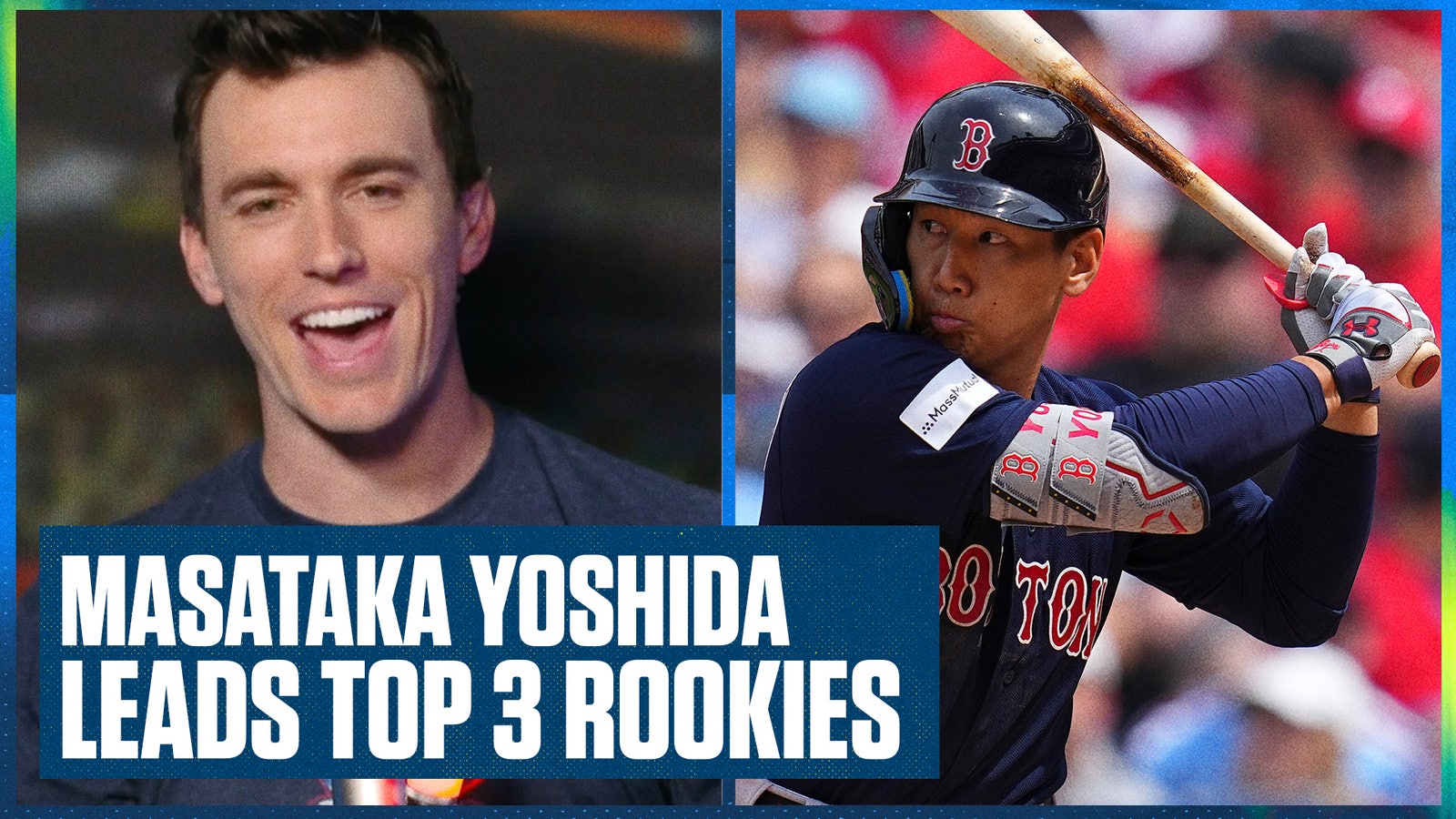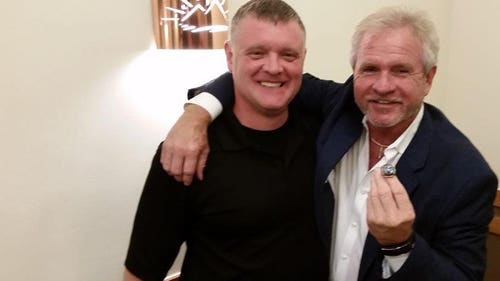
Behind Red Sox rookie Masataka Yoshida’s successful transition from Japan to MLB
Masataka Yoshida is built for leg day.
When you see the Red Sox outfielder in person for the first time, you can't help but notice the two tree stumps attached to his torso. It is simply a one-of-a-kind lower half. The early AL Rookie of the Year front-runner is shaped more like a rugby player, or a track cyclist or a Peloton instructor than a professional baseball player. A man on solid ground. Firmly rooted.
This dynamic is amplified by two additional facts: (1) Yoshida wears his pants outrageously high, and (2) Yoshida stands just 5-foot-8. His height, or lack thereof, sticks out in the baseball forest of relative giants: Only 2% of MLB hitters last year were 5-8 or shorter. Most of those shorties were either diminutive utility infielder-types or barrel-chested catchers.
Yoshida, who has a .901 OPS through 30 games, is neither of those things. The 28-year-old looks to be a legitimate offensive force with sensational plate discipline and impact pop.
"He was a lot smaller than I thought he'd be," Red Sox infielder Christian Arroyo admitted to FOX Sports about his first impressions of Yoshida. "Short, but really stocky. But when I watched him take BP for the first time, I immediately realized he had serious thump."
When Yoshida was posted by his Japanese team in December, making him eligible to sign with an MLB club for the first time, the outfielder's small stature played into industry doubts about whether he could hit for enough power in the bigs. Most evaluators trusted his ability to control the zone and hit for average, but worried that his 133 Nippon Professional Baseball homers might not play against the best pitchers in the world.
The Red Sox, and general manager Chaim Bloom, disagreed. They saw a potential difference-maker and inked Yoshida to a five-year deal worth upwards of $105 million, a price that many in baseball saw as an overpay.
So far, Boston's faith in Yoshida has been rewarded.
"I don't know why people are so surprised," Boston infielder Kiké Hernández said. "He's not a kid. He got all that money for a reason. Look at the numbers he put up in Japan."
Making the leap from NPB to MLB is never a given. The 19 Japanese position players (Shohei Ohtani included) who have ever appeared in an MLB game are slashing a combined .280/.311/.406. That's solid, but not overwhelmingly positive. Since Ichiro Suzuki became MLB's first Japanese-born position player in 2001, there have been a number of talented and experienced Japanese hitters who failed to make an impact in the majors.
It's early, but Yoshida is adjusting swimmingly to his new surroundings and appears particularly suited for the highest level of professional baseball.
Why?
It all starts with his incredible approach. Even those who doubted Yoshida's power potential believed in his track record of making elite swing decisions. So far this season, he's swinging at just 24.1% of pitches outside the strike zone, a top-25 mark league-wide.
But Red Sox manager Alex Cora explained that Yoshida's advanced plate discipline is about more than his tendency not to chase.
"He understands what he can do with certain pitches and he goes for it in certain counts," Cora said.
Cora also thinks the increase in NPB fastball velocity has helped ease Yoshida's transition. In 2014, Ohtani was one of only three pitchers in Japan's top league with an average fastball velocity over 94 mph. In 2022, 32 pitchers were part of that group.
"[Yoshida] mentioned to us that velocity, you know, it's playing in Japan, too," Cora said. "There's a lot of guys throwing heat over there now, pitching up in the zone."
The numbers back it up. In his short big-league career, Yoshida has absolutely obliterated four-seam fastballs, with a .431/.686/.553 slash line against the pitch entering Tuesday. Both Cora and Red Sox hitting coach Peter Fatse believe that in time, Yoshida will also improve his relatively underwhelming numbers against offspeed offerings.
That makes sense considering Yoshida has already shown an aptitude for making the necessary adjustments. After a cold start to the season in which the rookie ran an outrageously high ground ball rate, Fatse and his staff approached the team's new arrival about slightly lowering his hand position to help him elevate the baseball more consistently.
After a productive back and forth, Yoshida made the change and almost immediately saw his production skyrocket.
Former big-leaguer Matt Clark, who spent 2016 alongside a 22-year-old Yoshida on the Orix Buffaloes, believes the slugger's strong desire to play stateside from an early age helped prepare him over time for MLB's power-and-patience style of play.
While many Japanese-born players dream of playing stateside, Clark says that for Yoshida, making the transpacific jump was more than a dream, it was an expectation. In turn, the young outfielder crafted his game around the goal of one day playing in the bigs.
"He knew what he was good at and stuck to it," Clark, now a private hitting coach, remembered. "One time I asked him what he wanted to do and he said, ‘I want to get on base and hit for power and play in America.’"
Yoshida has swung it all into existence.
Jake Mintz, the louder half of @CespedesBBQ is a baseball writer for FOX Sports. He played college baseball, poorly at first, then very well, very briefly. Jake lives in New York City where he coaches Little League and rides his bike, sometimes at the same time. Follow him on Twitter at @Jake_Mintz.














































































































































